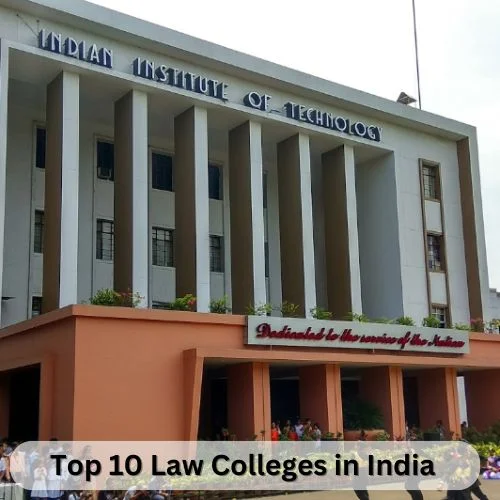According to the most recent Open Doors Report, China and India continue to be the top countries of origin for international students studying in the US, making up 35% of all students in 2022–2023.
In 2022–2023 there were 1,02,366 foreign scholars in the US, up 12.6 percent from the year before. China accounted for 19.1% (19,556) of the total scholars, while Indians made up 15.7 percent (16,068). In 2022–2023 there were 1,02,366 international scholars enrolled in higher education, a 13 percent rise from the previous year.
India saw a rise of 8.2 percent between 2021 and 2022, whereas Chinese pupils had a pitiful 0.9 percent gain.
Among the nations having the fewest foreign scholars in the US were France, Japan, and Spain.
Up to 76% of academics work in research, with teaching(9%), research & teaching(7%), clinical work(4%), and other activities (4%), following closely behind.
Science, technology, engineering, and math (STEM) have the highest percentage of students pursuing specializations, with 78% of them going into sectors including math and computer science (6%), engineering (15%), and agricultural (5%). Approximately 40% of students were in physical and biological sciences, making it the biggest STEM category and field overall.
Humanities (2.5 percent), education (1.5 percent), and communication and media (0.7 percent) had the lowest enrollment.
With 4,478 students, Harvard University has the highest percentage of all universities. Stanford University (3,314), University of California – Los Angeles (2,348), Yale University (2,587), and Columbia University (2,925) round out the top five.
The Institute of International Education (IIE) and the Bureau of Educational and Cultural Affairs of the US Department of State both disclose the statistics.
India’s market for international education primarily targets the United States, Canada, Australia, and the United Kingdom. These nations modified their regulations this year to expedite the application procedure. The United States imposed rigorous checks and penalties on dishonest colleges. Depending on the application location, there is a waiting period of 100–325 days for student visas in India.
The United Kingdom will only provide dependent visas to foreign students pursuing postgraduate degrees starting in January 2024, which may cause a last-minute visa rush among this year’s undergraduate class.
Numerous students have decided to postpone their applications from January to September as a result of Canada’s diplomatic spat with India. Due to an increase in fraudulent applications from Punjab, Haryana, Gujarat, Uttarakhand, Uttar Pradesh, and Jammu and Kashmir, prestigious Australian institutions stated in May of this year that they would no longer be accepting students from these areas.














